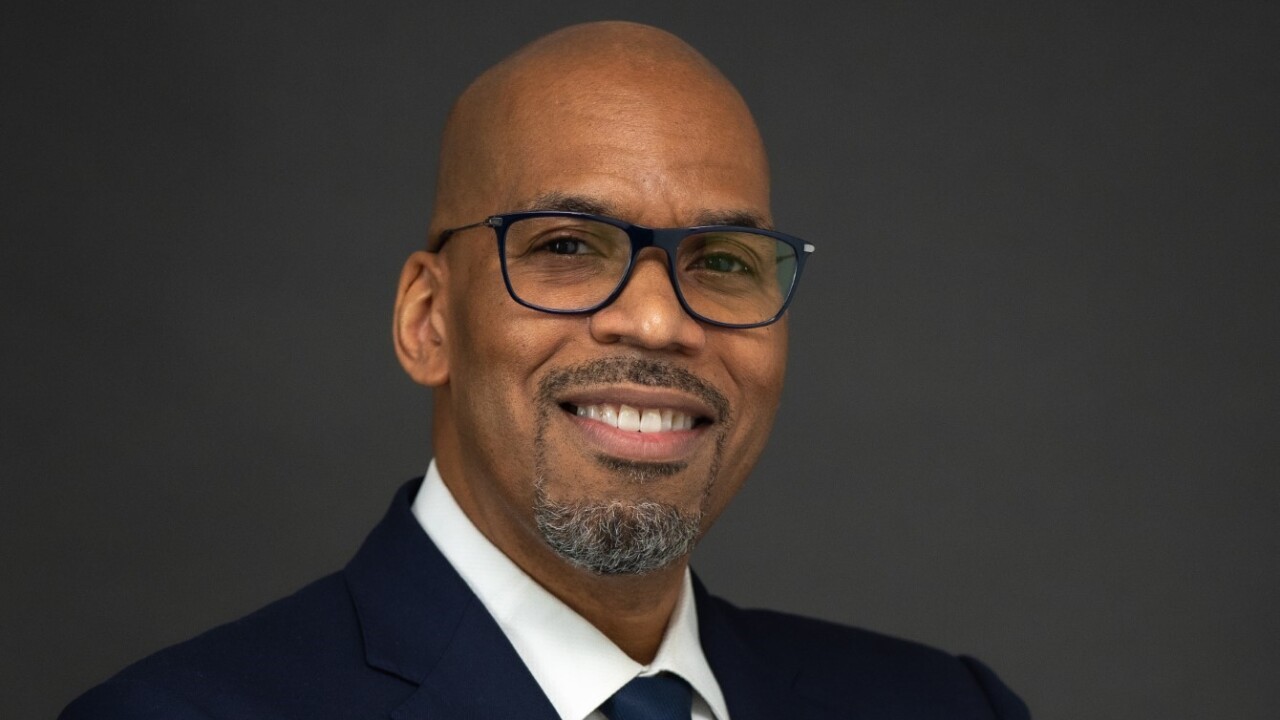Do you have the right players? Are they willing to play as a team? These are questions that successful coaches must answer.
Head coaches employ assistant coaches to insure discipline and the development of players. They also ensure that the team practices. Does this sound like your firm, or do you hope that everyone will perform? Hope is not a strategy, so you may want to read how your existing team may be limiting, rather than increasing, success. Success may be as simple as getting the right players in the right position, or more likely some of your players may not want to play on the team. All progress starts with the truth, and player evaluations are the first step!
Many firms plan to develop or update their strategic plan. Once the process of planning and the document is in place, what are the expectations? The answer may be, "It depends on who you talk to." Expectations should be dealt with now, rather than later, if you want to ensure success. Each firm is different when it comes to execution, but most firms and their members know what they should do in order to be successful.
The fact is that most don't reach their potential for the following reasons:
• Partners buy in at different levels and for different reasons;
• Lack of accountability;
• Lack of discipline; and,
• Lack of financial rewards that integrate compensation with the strategic plan.
Successful planning and execution does not end at the conclusion of the firm's annual summit (some call this a retreat). Most people leave those meetings motivated (positive or negative), but in reality once they return to the office and client issues, they immediately get back into old habits. The differences I see in firms and their success starts with the buy-in of the vision, mission, core values and objectives. The partners also make a crucial decision to be managed and held accountable.
Most partners know what needs to be done to take the firm to the next level, but some just don't want to change or be held accountable. Therefore, it is important to understand the multiple perspectives in firms (partners and staff) if you truly want to execute the vision and strategic plan. There are excellent tools such as the Kolbe Index to diagnose and build synergistic teams.
To outside consultants, and even clients, this is generally very obvious, but internally it is often ignored because of the desire to avoid accountability and conflict. Once you know your own unique abilities, it is much easier to build a synergistic team that values everyone's unique abilities. The tendency in accounting firms is to hire "Mini-Me's" who have the same unique abilities and mode of operation. While this seems valid, it causes significant issues with burnout, inefficiency and decision-making or governance.
Firm growth is at the top of most firms' priority lists as they develop a strategic plan. Growth can be organic or through merger and acquisition. Splitting firms into one of four quadrants reflect four perspectives on growth and the investment in growth. It may also assist you in determining the true buy-in by members of your firm with regard to growth and your overall strategic plan.
Quadrant 1 - Rugged Individualist. These are people who value their independence. Over 30,000 CPA firms exist that are composed of sole proprietors, yet this is not the controlling factor. They are motivated by the premise of "Eat what you kill" and "I will do it my way." They generally do not want to invest in the future, but want the rewards now. There is generally little accountability at the top, but staff members are held accountable for financial results.
Quadrant 2 - Control Freak. These people will invest in staff and the future as long as they are in control. They truly believe no one can do it better than they can, and they have difficulty delegating both responsibility and authority. There is generally little accountability other than financial results. Staff members are often viewed as expendable. Training is generally viewed as top-down, rather than as a two-way street.
Quadrant 3 - Wolf Pack. Members of a wolf pack are normally organized in order to increase opportunities for larger and more profitable clients. They are interested more in short-term results than in long-term investments in people, planning and processes. They are motivated by the "Eat what you kill" philosophy. If the pack doesn't meet an individual's needs, the individual will normally join another pack. There is little loyalty or trust among pack members. Another motivating fact is the ability to share overhead. With the aging of the profession, Wolf Packs are at risk because they have not invested in succession and the development of people. This is normally a shared services approach.
Quadrant 4 - Unique-Ability Team Player. Members of Unique-Ability Teams focus on culture and productivity. They are life-long learners who are willing to invest in the future. They know their own unique abilities and respect others' unique abilities. They share a common vision. They live and expect others to live up to the firm's core values. They have a training and learning culture and develop successors at all levels in the firm. There is a high level of accountability with everyone in the firm, and they readily show recognition to those who live up to firm values and continually meet personal and firm goals.
With this said, the purpose here is not to be judgmental. People have different definitions of success, and it is possible to attain success in any of the four quadrants. However, firms that strive to share a vision, invest in the future, and grow require a different type of person than those firms that want to be Rugged Individuals, Control Freaks or Wolf Packs.
All progress starts with the truth, and those who agree up front on the type of firm that they strive to be will grow much more rapidly and be more profitable than those who try to be something many of their people don't want to be. Individual needs change, as do firm strategies. Integrating personal needs with a firm's vision is critically important. As Jim Collins says in Good to Great, you must get the right people on the bus, the wrong people off the bus, and then those on the bus in the right seats based upon their unique abilities. One size fits one, but it is very important you know who you and your firm are before you develop a strategic plan.
The following steps will help you ensure your firm moves to the quadrant of choice:
1. Know your own unique abilities.
2. Develop a strategic plan with input from all stakeholders.
3. Define your human resource requirements based upon the strategic plan.
4. Build your team. A Unique-Ability Team will attract those who desire to be part of something much bigger than they can become on their own.
5. Hold everyone accountable.
With these five simple, but difficult, steps your firm can develop a culture of trust, respect, confidence, growth in revenue, profitability and successors. This requires time and commitment. It may also require an outside coach who can provide guidance and assist in maintaining confidence.
Gary Boomer, CPA, is the president of Boomer Consulting, in Manhattan, Kan.





